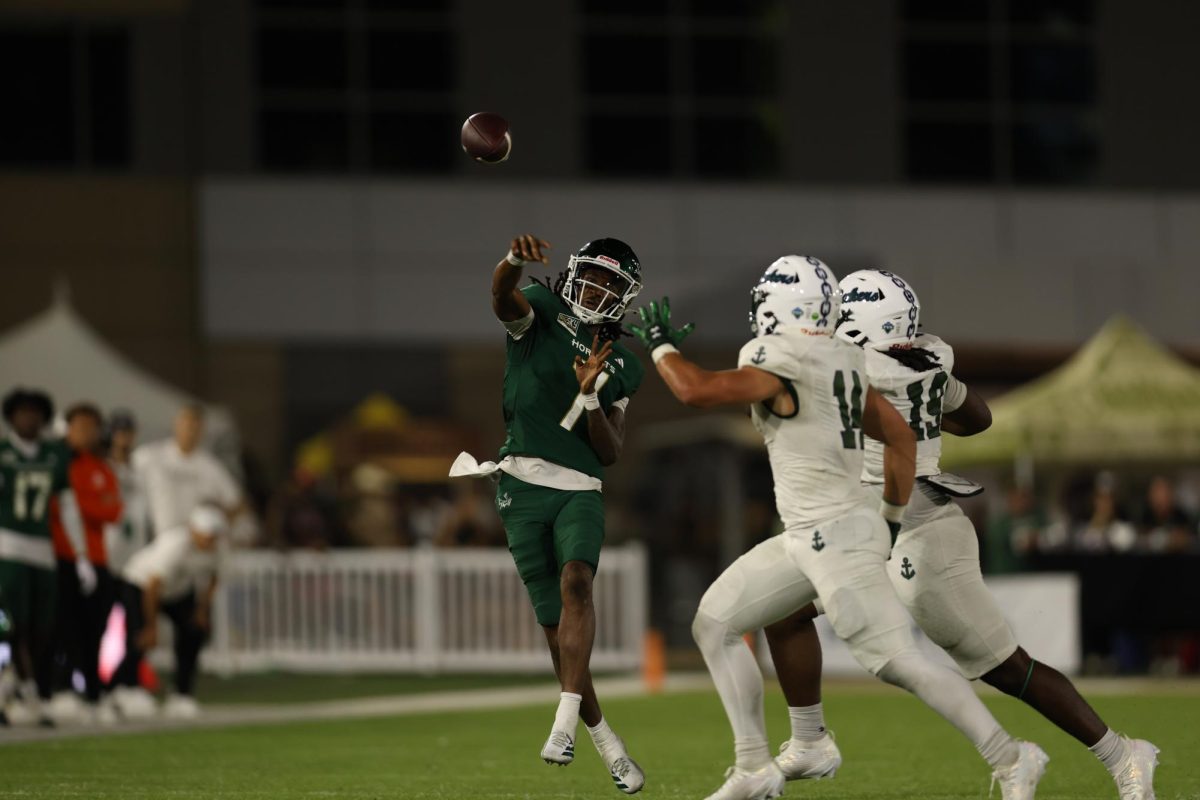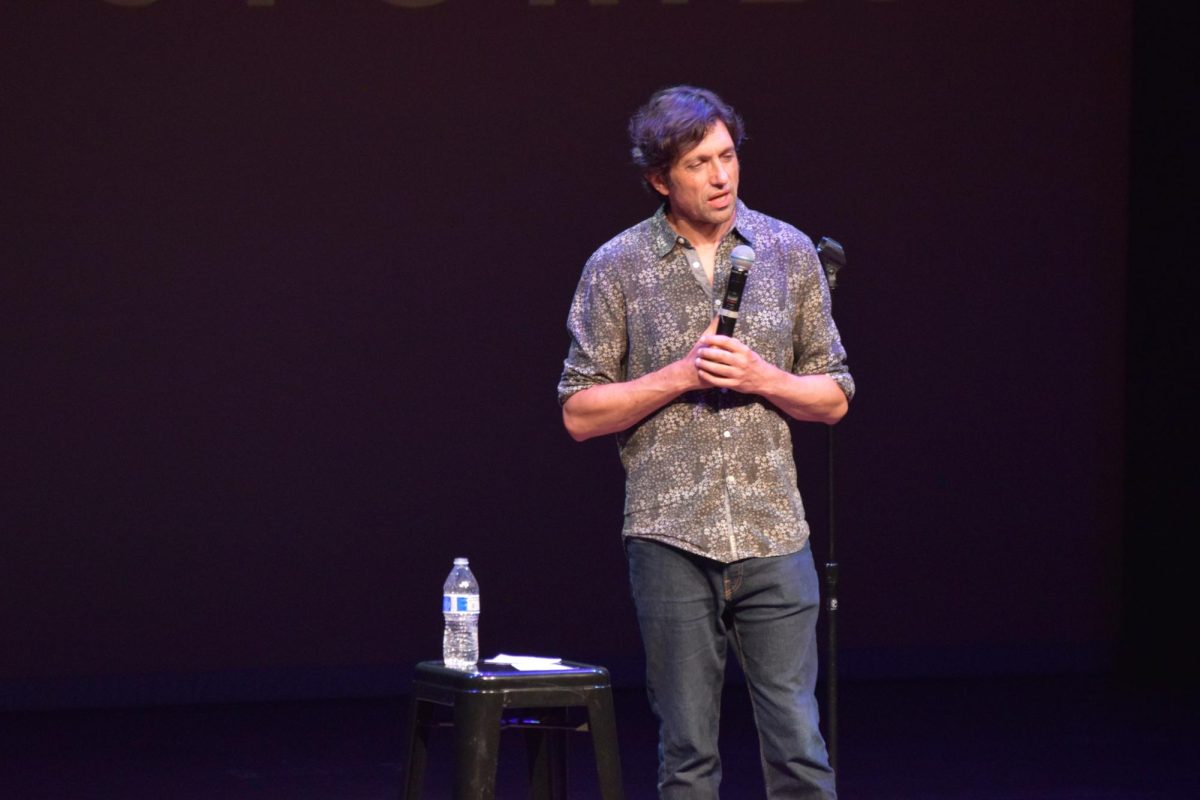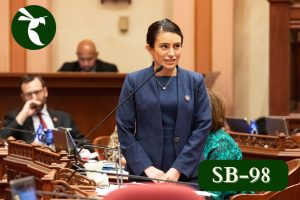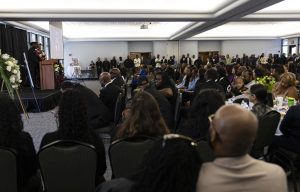Student club engages in social experiments
April 1, 2015
Recently some members of Sacramento State’s Muslim Student Association conducted an experiment in the quad outside the library asking students to write their opinions on some poster boards.
From 9 a.m. until 3 p.m. on Thursday, March 12, Ugbad Farah, Abeer Hajeer, Rima Hakim and Amna Afzal stood in the quad and asked students to fill in the blank on their signs which read “I Am a Muslim So That Makes Me…”
Farah, MSA president and a sophomore at Sac State majoring in biochemistry, said the experiment was a very positive experience for her being able to see how Sac State students really feel about Muslims.
“We had people constantly say how beautiful a religion it is, how peaceful it is and how they thought we were just like everyone else,“ said Farah. “And it was just really reassuring to see that our peers and everyone who goes to school with us, faculty members even, who see us this way. It’s really great.
Responses like “a human being” and “just like everyone else” and “resilient,” showed Sac State students openness to the Muslim community.
“I think my favorite is when somebody said ‘But I don’t know you,’” said Hajeer, MSA vice president and a Sac State senior majoring in business. “Like they aren’t judging us based on what we’re wearing and they are like, ‘Okay, you are an individual. I can’t just give you an adjective to describe you without knowing you.’”
Part of the goal of the experiment on the quad was to challenge many popular misconceptions that are assumed about Muslims.
“We were just trying to get the point across that although we might look a little different with our head scarves, we are just the same,“ said Farah. “We are just college students trying to get by, pass our class, you know, finish our papers.”
There are many common misunderstandings surrounding what defines a Muslim and what Islam is, beyond simply being a religion. During the experiment on the quad, one passerby asked the MSA members if they were “Islam.”
Farah confirmed that Islam is the name of the religion and Muslims are the followers of Islam similar to the way Christians are the followers of Christianity.
Another question that was asked during the experiment was about the meaning behind wearing the head scarf. The scarf is seen by many non-Muslims as a symbol of oppression and that woman are forced to wear them.
However, Farah and Hajeer only recently began to wear the head scarf after doing their own research and making the decision for themselves.
“It is something between you and God; Your relationship with God,” Afzal said. “A lot of people don‘t know the reason behind it. A lot of people take it as an oppression like we are forced. This is a personal choice, something that tells me who I am, my identity.”
Hajeer explained that her scarf gives her a sense of modesty, especially in situations such as giving a speech in front of her classmates.
“Do you want them looking at where your curves [are], the way your body is shaped or do you want them to listen to your words?” asked Hajeer. “Well this is why I wear it, I don’t want people to look at me and how my body is shaped, I want them to listen to me. It is kind of a feminist movement. It’s empowering women even though people think we are forced to wear it. In Islam it is forbidden for somebody to force someone to wear it and people don’t know that.”
Another misconception about Islam is the belief that Muslims are taught to view anyone who does not have the same faith as an enemy. This is another fallacy that the members of Sac State’s MSA want to overcome.
“We are supposed to respect other people’s religion, regardless of where they’re from, what religion, if they don’t follow religion, we are supposed to respect them,” said Farah.
Hajeer agrees that much of the negativity surrounding Islam is political.
“For me, I think it is how the media portrays it. Some people will say ‘Your religion kills people, look at what they’re doing over there,’ and I am like ‘What are you talking about? I am not part of them.’” said Hajeer. “They have this insane view on life that doesn’t represent the entire community. In different religions, in different groups, there are people who are completely out of their mind and that should represent the entire community.”
The leaders of the experiment agree that many of these misconceptions evolve from the way the media portrays Muslims and Islam.
“For example the one man in France, he was automatically labeled, depending on what you’re reading, an Islamist, Jihadist or a terrorist, but he was just one man who happened to be Muslim,” said Rima Hakim, MSA secretary and third year business student at Sac State. “However, the Chapel Hill shootings, that was just one man, but the way the media reported that one, they didn’t use any of those words. They made this man so respectful. It is just the way media tries to portray people.”
Hajeer and Hakim agreed that the media also leaves out how many Muslims are also injured during attacks, such as the Muslim police officer who was shot in France during the Charlie Hebdo attacks.
They feel that the media often generalizes the religion.
“It is important to realize that the number one victims of ISIS are Muslims,” said Hakim. “So it is not an attack on Westerners or Christians, it is really an attack on humanity by a very small minority that does not represent any individual.”
It can be scary for members of local Muslim communities when national events occur that portray Muslims in a negative manner. Even though there is some fear of antagonism, Hajeer said she feels safe at Sac State.
“For me, when I finally came to school after I was scared, I came to school and I saw everyone walking and it felt so normal,” said Hajeer. “I felt so safe at school.”
Sac State happens to be in the middle of one of the most diverse cities in California, so it only seems natural that it would be a conducive learning environment for students of all backgrounds. Just one of the ways Sac State shows its support for its diverse population is by providing a space where students of all backgrounds can come together in unity and respect for all views in the meditation room located in the University Union.
“That’s what I love about the meditation room is you can find things from different religions, somebody doing yoga, Christians,“ said Hajeer. “Everybody coming into the room to pray and they respect what everyone else is doing and are just so nice.”
The leaders of MSA want all members of the Sac State community to be proactive about learning more about the Muslim community. Farah explained that in Islam, you have to find things out for yourself and constantly be seeking knowledge rather than simply being content to believe what other people say.
“Islam is a part of our lives but it doesn’t define exactly who we are,” said Farah. “It is part of our identity but it doesn’t define our identity.”
Part of MSA’s mission statement is to educate Sacramento and neighboring communities about Islam by being involved in the community, as well as welcoming all community members to MSA events and meetings.
“We welcome anybody in if they want to ask any questions, instead of just thinking we probably do something but they don’t know for sure. It is better to ask questions,” said Hajeer. “What would be better than a room full of Muslims and non-Muslims and we can all talk together.”
MSA holds a halaqa, or discussion circle, every second Thursday, e-mail [email protected] for more information on the discussion circle or upcoming MSA events.
























































































































